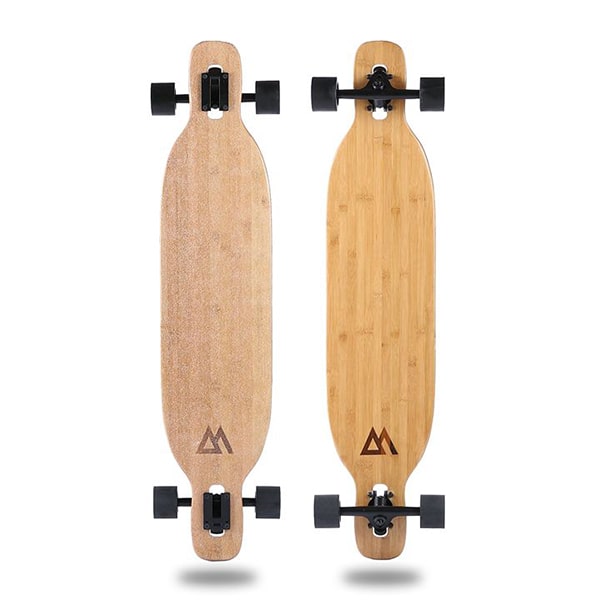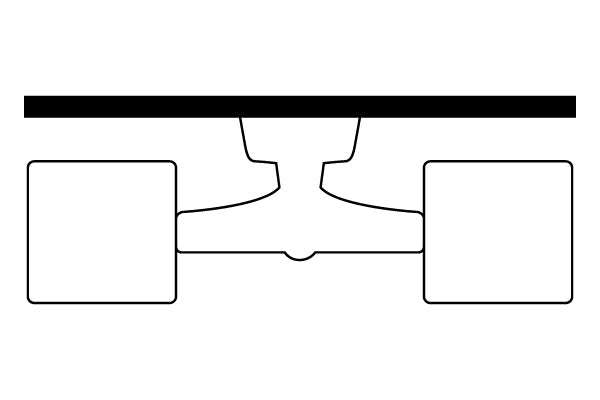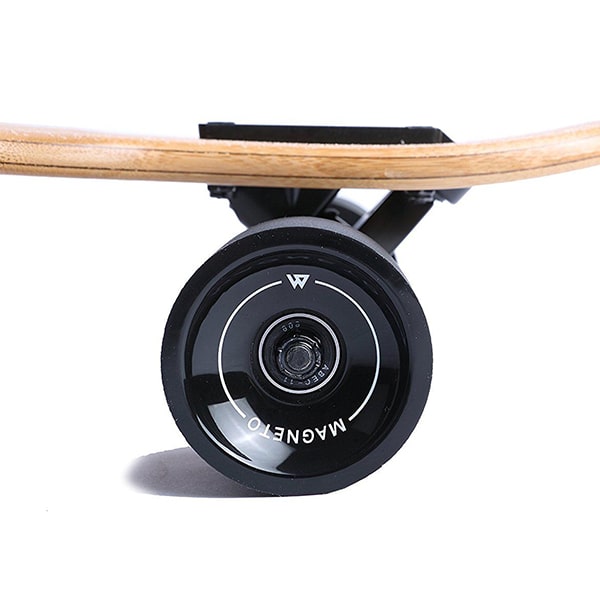Choosing a Longboard
Longboards have come a long way since they first came on the scene in the late 1950's. No more are they simply a flat, bulky plank of wood with wheels bolted to the bottom. While all of this new innovation and technology has greatly improved longboarding, it is now much more complicated to figure out what is going on. This guide is intended to take the guesswork out of selecting a longboard that will work best for your intended use.
Longboarding Styles
Before we get into the nitty gritty details of deck design, it is important to remember why you're spending the time to read through this guide in the first place. The goal here is to explain how all of the factors that go into a deck's design so that you can choose the best deck for the type of riding you're looking to do.
Make sure to read through our Styles and Disciplines page before selecting a deck or board. Understanding what you want to do with the board is key to making the right purchasing decision.
Longboard Shapes
-

Pintails
The pintail is a classic shape inspired from surf boards. These decks typically have little to no concave and are best suited for cruising and light carving. The boards have a distinct front and back which indicate the direction they should be ridden. They are most often top mounted on the trucks.
-

Blunt Nose
This shape tends to be more of a category because there are a variety of different shapes that can be considered blunt nose. Almost all blunt nose decks are similar in that they are on the stiffer side and therefore super stable be best suited for downhill or freestyle riding.
-

Cut Out
This modern shape has become very popular in recent years. These decks have cut outs around the wheels for added clearance between the wheels and deck when turning. They are versatile and can be used for cruising, free style, carving and downhill.
-

Mini Cruiser
These shapes can come in a variety of different profiles but all of them are miniature. Because they are shorter decks they naturally have a smaller wheel base. This is great for turning but can become very unstable at high speeds. These decks are mainly used for cruising and light carving.
-

Dancers
The most important characteristic about a dancer's shape is it's length. These decks are traditionally longer than most other shapes, allow for more room for dance moves. Most dancers come with dual kick-tails which allow for some free style type flip tricks and shove-its.
Concave
-

Flat
Great for slow cruising and dancing. Very comfortable under your feet but not much for control.
-

Radial
Great for carving, free-style and even downhill. Provides plenty of leverage for control while turning.
-

Progressive
Great for cruising, carving, free-style and downhill. Combines the perks of the flat and radial concaves.
-

W-Concave
Fantastic for downhill and free-style. Provides the best surface for locking in your feet for speed and slides.
-

Convex
Mainly used on cruiser. Uncommon, but used to mimic foot arch for maximum comfort. Very little control.
-

Asymmetric
Used for carving and downhill. Changes the forces required for a frontside and backside turn. Stance dependent.
Truck Mounting
-

Top Mount
This is the original and by far the most common style of truck mount. The trucks are attached to the bottom surface of the deck with screws that go through the deck and held in place with nuts. This ensures that the trucks are always below the riders feet for maximum leverage during turning. Top mounted decks also tend to have more grip while turning but are less stable at high speeds.
-

Drop Through
The drop through mount is relatively new and mainly used in combination with a cut out shape. The trucks are attached mount on top of the deck through a hole in the deck and held in place with screws and nuts. This lowers the riders center of gravity which increases the overall stability of the deck. This also reduces the amount of leverage the rider can put into turning which reduces how responsive the board will be.
-

Drop Mount
A drop mount deck is a combination of a top mount and drop through. These decks have a recess in the deck where the trucks are mounted. Essentially, these decks have the trucks mounted in the middle of the deck rather than the top or bottom. This provides the best of both worlds, making the deck super responsive and stable at higher speeds.
-

Board Length
The board length is the distance from the front (aka "nose") of the board to the back (aka "tail") of the board. As the name would suggest, longboards are long. Longboards are typically 34" and longer. Other performance characteristics, such as flexibility, stability, and maneuverability all are dependent on board length. The chart below shows how each of these characteristics change with length.
-

Wheelbase
The board length is the distance from the front (aka "nose") of the board to the back (aka "tail") of the board. As the name would suggest, longboards are long. Longboards are typically 34" and longer. Other performance characteristics, such as flexibility, stability, and maneuverability all are dependent on board length. The chart below shows how each of these characteristics change with length.
















